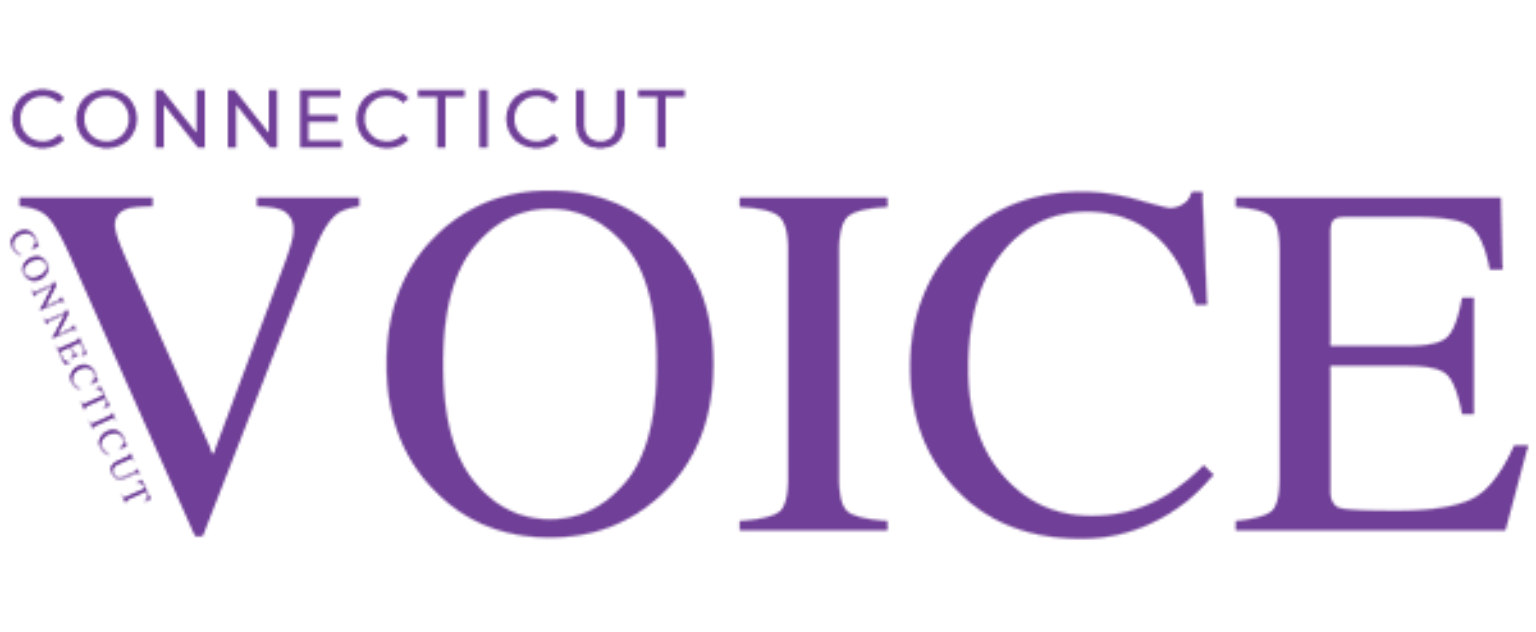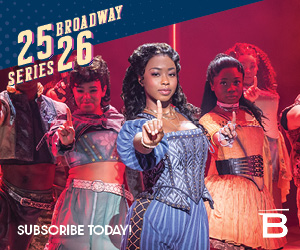“In the past, when I had thought of a flag, I saw it as just another icon to lampoon. I had considered all flag-waving and patriotism in general to be a dangerous joke. But that changed in 1976. The American Bicentennial celebration put the focus on the American flag. It was everywhere, from pop art to fine art, from tacky souvenirs to trashy advertising. On every level, it functioned as a message. After the orgy of bunting and hoopla surrounding the Bicentennial, I thought of flags in a new light. I discovered the depth of their power, their transcendent, transformational quality. I thought of the emotional connection they hold. I thought how most flags represented a place. They were primarily nationalistic, territorial, iconic propaganda — all things we questioned in the ‘70s. Gay people were tribal, individualistic, a global collective that was expressing itself in art and politics. We needed a flag to fly everywhere.”
– Gilbert Baker, in his memoir Rainbow Warrior
If you’re unsure of the value of symbols of pride, consider the power of symbols of hate: the pink triangle, the scarlet A, the noose.
Flags evoke a sense of belonging, tell a story, stir emotions and motivate action. Even how they’re displayed matters: think half-mast. And where: like over the Connecticut Capitol building on Transgender Day of Visibility.
The number of LGBTQ+ flags reflect the extraordinary diversity of the community. It’s virtually impossible to know how many exist. But here’s a start, your guide to the most-used flags. Yes, there are a lot, but believe us, this isn’t even an attempt to be comprehensive. Otherwise, you’d also see here flags for people who are metagender, neutrois, demiromantic, bxy, gxrl, rubber, pony, nation-specific, and more…maybe one being designed as you read this.
UMBRELLA PRIDE FLAGS
Gilbert Baker Rainbow Pride Flag
The original Pride flag. Harvey Milk and other San Francisco gay rights activists asked Baker (He was adept at designing and sewing and made his own drag costumes.) to design a symbol for the movement. He wrote that the idea came to him as he danced at the Winterland Ballroom. “We were all in a swirl of color and light. It was like a rainbow. A rainbow. That’s the moment when I knew exactly what kind of flag I would make.
1978-1999 Rainbow
Pride Flag
Demand for the Pride flag increased after Milk’s 1978 assassination. Baker and the local flag manufacturer he worked with couldn’t locate enough pink fabric, so he decreased the number of stripes to seven.
Traditional Rainbow Pride Flag
For practical reasons, Baker traded the turquoise and indigo stripes for one of royal blue. It made for easier, standardized worldwide production.
Philadelphia Pride Flag
This flag was commissioned by the Philadelphia City Council after some well-publicized instances of racism within the city’s LGBTQ+ community. It debuted in 2017 and quickly took off, helped by such visible support as actor Lena Waithe wearing it as a cape to the Met Gala in New York City, giving the flag worldwide attention.
Progress Pride Flag
In 2018, artist Daniel Quasar added a five-colored chevron to the traditional flag, to represent BIPOC (Black, Indigenous and People of Color) communities, bisexuals, transgender and nonbinary people.
Queer Pride Flag
Pink and blue represent same-gender attraction, orange and green symbolize gender nonconformance, and black and white represent agender, asexual and aromantic individuals. DeviantArt community member pastelmemer created this flag in 2015.
Intersex-Inclusive Progress Pride Flag
Valentino Vecchietti, founder of Intersex Equality Rights UK, gave the Progress Pride Flag this update in 2021. “It’s an LGBTQIA+ flag. It really is a flag for everyone,” she said in a BBC interview.
FLAGS REPRESENTING SEXUAL ORIENTATION
Asexual
Asexual people do not experience sexual attraction. This flag was created by an online member of the Asexuality Visibility and Education Network community as part of a 2010 contest.
Bisexual
Activist Michael Page created this flag in 1988, using pink to represent same-gender attraction, blue for opposite-gender attraction, and purple to symbolize attraction to two genders.
Demisexual
Demisexuals experience sexual attraction only after establishing a deep emotional bond with someone. The flag is a modification of the asexual flag. Its designer is unknown.
Lesbian
This flag has evolved over the years to this most widely used one. There are several versions, including the Sunset Lesbian, Butch Lesbian, Lipstick Lesbian and Double-Venus Rainbow.
Omnisexual
Omnisexuals are attracted to all genders. Unlike pansexuals, gender influences the type and strength of attraction for omnisexuals. Artist pastelmemer (also designer of the Queer Pride flag) posted it online in 2015.
Pansexual
Pansexuals have the potential for attraction regardless of gender. The flag’s creator (identified as Jasper V) posted it in 2010 with the intention of distinguishing pansexuals from bisexuals.
Polyamory
Polyamory is romantic or sexual involvement with more than one person, with the informed consent of all. Designer Jim Evans used the Pi symbol to suggest an infinite number of possible partner combinations. Newer designs have different colors or feature a yellow heart.
Polysexual
A Tumblr user named Tomlin posted the first, darker-shaded version of this flag in 2021 to represent people who are attracted to multiple, but not all, genders.
FLAGS REPRESENTING GENDER IDENTITY AND EXPRESSION
Agender
Agender people view their gender as unidentifiable, neutral, or nonexistent. The black and white stripes symbolize absence of gender; gray, semi-genderless; and green, nonbinary.
Aromantic
Aromantics experience no or little romantic attraction to anyone. Green is opposite on the color wheel from red, the color associated with romance. White symbolizes platonic friendship, and gray and black represent the sexuality spectrum.
Bigender
This flag represents those with two distinct genders. They may experience both simultaneously, or one at a time, varying from day to day or over time.
Demigender
Demigender people have a partial connection to a specific gender, or to the concept of gender. Its subsets include demigirl, demiboy, demienby (“enby” meaning nonbinary) and demifluid.
Genderfluid
This flag is for those whose gender identity or expression varies during different times and situations. Its colors represent femininity, masculinity, absence of gender and combinations of gender.
Genderqueer
Genderqueer activist Marilyn Roxie says she designed this flag to represent androgyny, absence of gender, neutral gender, and genders outside the binary. Additionally, lavender invokes queer sexual orientations.
Intersex
Intersex is an umbrella term for differences in sex characteristics or reproductive anatomy that don’t fit the binary definitions of male and female. People are born with these conditions. Flag creator Morgan Carpenter of Intersex Human Rights Australia chose the colors because they are considered gender neutral. (For more about often misunderstood Intersex, see our article online about Liat Feller.)
Nonbinary
Nonbinary people don’t identify as male or female, and their gender may not exist within the binary. They may identify as multiple genders, as a mix of genders, or as genderless.










More Stories
How Can They Keep from Singing?
“My anger problems became a success” – Artist Diane DiMassa on the Collection of her Classic Underground Comic
Connecticut Sun: Playing for Good